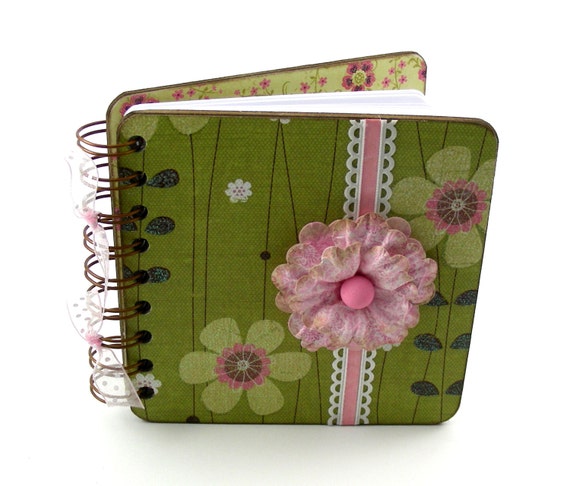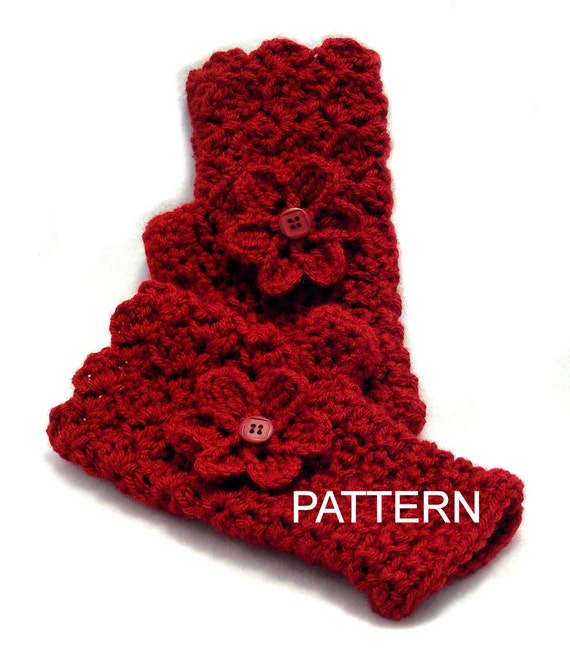One of my husband’s best managers used to tell John that he should set aside one day each week to analyze his business. (My husband’s background is professional sales.) “Identify what’s going well,†his manager told him, “capitalize on it, and eliminate or change what’s not going well.†Sounds like a formula for success, doesn’t it?
I’ve known for quite a while that the crocheted personal accessories I sell at JN Originals (hats, scarves, scarflettes, headwarmers, fingerless gloves and floral brooches) represent more-or-less seasonal business. Typically, I’ll crochet like mad during the off-season so that my shop is well stocked when buying season begins. Of late, however, the business in my other shop, Mister PenQuin, has picked up. This is the shop where I sell handmade books and mini clipboards.
 Let’s apply the simple questions described above to my business to better understand its current and future direction.
Let’s apply the simple questions described above to my business to better understand its current and future direction.
What’s going well?
- MisterPenQuin. I am selling more handmade books now than I did at this time last year, probably as a result of making, photographing and listing more frequently. More products, in other words, equals more sales. I am also beginning to offer more types of books. This past year I purchased a professional rotary cutter to speed up the cutting process, both of chipboard and paper.
- JN Originals. I added my first pattern to the shop late last year, and it has been selling steadily. I eliminated products that made the shop seem less cohesive. The jury is still out about whether or not this is a good move.
How can you capitalize on what’s going well?
- Mister PenQuin. I need to keep in stock the best-selling categories of handmade books, and continue to add new sections.
- JN Originals. Although I am only selling one pattern right now, I have had multiple requests for other patterns. I need to buckle down and write those patterns, test them, and offer them for sale both in this shop and in my Craftsy account.
 What do you need to eliminate or change?
What do you need to eliminate or change?
- Mister PenQuin. My biggest challenge is making product quickly without sacrificing quality. Speed, in this instance, results in more products. I looked at my process and realized that I spend more time hand-sanding the chipboard edges of my book covers than I do any other part of the process. Solution? Look for a tool to speed up this process.
- JN Originals. I have some old stock that has been in the shop since it was opened in late 2007. These items need to be donated to a women’s shelter.
Analysis of your business should be an ongoing process, not once a year like New Year’s resolutions that invariably go by the wayside. What answers do you come up with when you answer the questions in this post for your business?
© 2013 Judy Nolan. All rights reserved.

This is a great post. It is important to do this on an on-going basis to keep everything fresh. I would say I probably do this about once a month or every other month.
Great post. Oven mitts and bibs continue to be my top sellers (who knew??!), so I need to add more to inventory before the holiday rush. Buying batting by the bolt has helped to offset the increased cost of fabric.
I need to weed out old inventory, but I’m going to wait until after the holidays. I may put some on sale.
I also want to add some less expensive items, “stocking stuffers,” that I would normally sell at craft fairs. Since my work at the quilt shop may cause me to cancel some craft fairs, I can try to market some of those items online.